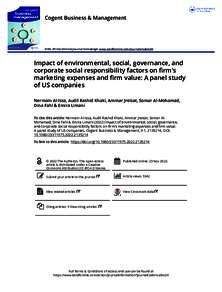Document
Microwave-Assisted Exploration of Yellow Natural Dyes for Nylon Fabric
Linked Agent
Title of Periodical
Sustainability
Country of Publication
Kingdom of Bahrain
Place Published
sakhir
Publisher
University of Bahrain
Date Issued
2022
Language
English
Subject
English Abstract
Abstract:
Today, the global community is appreciating green technologies in the application of green
products in textiles. The aim of the current study is to use a sustainable heating technique for the
isolation of colorant from plant sources and to use eco-friendly anchors to improve the fastness of dyed
fabrics with new shades. The current study used microwave radiation to isolate natural colorants
from saffron (Crocus sativus) and safflower (Carthamus tinctorius L.) petals for polyamide (nylon) fabric
dyeing. For this purpose, acidic extract and fabric were exposed to MW treatment for up to 6 min
and employed at various conditions. To make the dyeing process sustainable, bio-mordants have
been employed and compared with synthetic mordants. It has been found that 6 min is the optimal
radiation time for the isolation of colorant to get good results onto irradiated polyamide (nylon) fabric
when employed at 65 ◦C for 45 min containing 1 g/100 mL of table salt for saffron and 3 g/100 mL
of table salt for safflower dyeing. For improving color strength and giving an acceptable rating of
fastness, 7% of turmeric as a pre-bio mordant and 7% pomegranate as a post-mordant has given high
results using saffron extract. Similarly, with safflower extract, 5% of turmeric as a pre-mordant and
5% of turmeric extracts as a post-mordant have given high results as compared to chemical mordants
used. It is concluded that microwave treatment has a high potential for investigating the coloring
efficacy of crocin-containing saffron petals and safflower petals as carthamin as a yellow natural dye
for bio-mordanted polyamide fabrics. It is recommended that such tools for the isolation of colorant
from new dye-producing plants should be used, whereas green mordants should be used to develop
new colorfast shades to make process more green and sustainable
Member of
Identifier
https://digitalrepository.uob.edu.bh/id/9c0bc0c5-582b-4f8f-aa5d-04c456bd0d29
Same Subject

